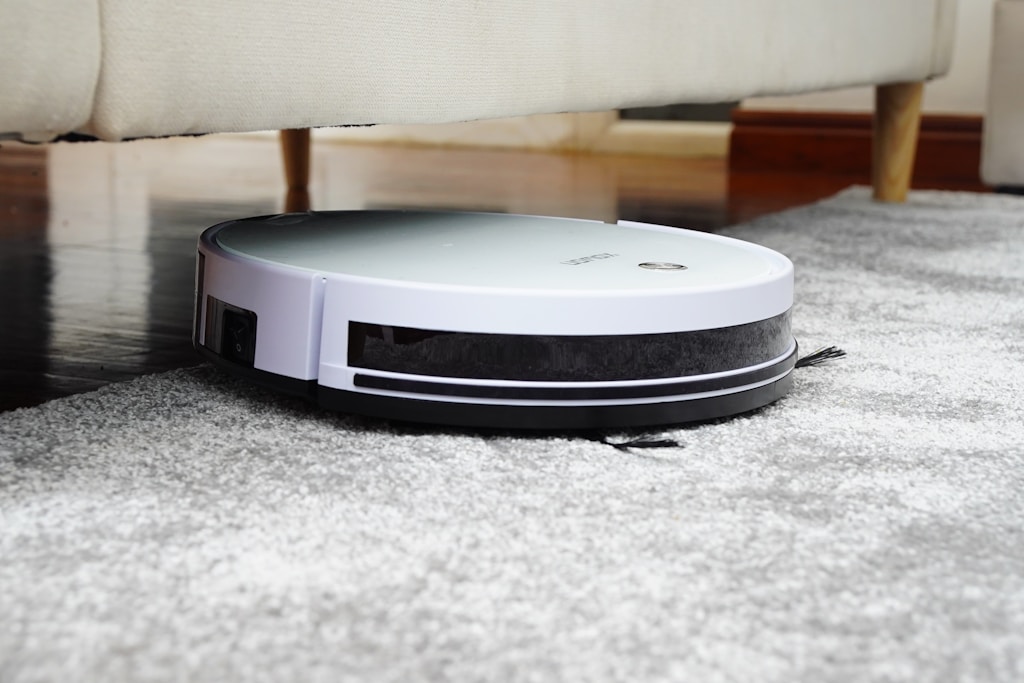First published: 20 January 2021 @ 12:31 pm
The public doesn’t know well about a dusty home health risks. The airborne particles in house dust consist of allergens, bacteria, fungi, viruses, and mold.
A dusty home means you’re breathing in a cloud of microscopic particulate matter. This can cause all sorts of health problems and diseases.

Main Dangers of Dusty Home
1 – Allergies and Asthma
Much of the particulate matter in a dusty home comprises tiny fragments of human skin, called dander. This dander causes allergic reactions and asthma to develop in people who are sensitive to it. Dust mites are an important source of allergens in a home.
These microscopic creatures live on all sorts of textiles and furnishings, feeding on the organic matter that makes up dead skin cells. They also produce their own allergens to survive and reproduce.
The allergens they produce can cause asthma attacks, sneezing, itchy eyes and runny noses in people with allergies or asthma who are sensitive to them.
Dust mites can also cause eczema in babies and young children. Bacteria and viruses may be present in house dust too. Fungi spores are a type of organism that can also cause allergies such as hayfever or asthma because they contain allergens.
2 – Asthma Attacks
Dusty homes can trigger asthma attacks in people who suffer from asthma or allergies. The particulate matter in the air of a dusty home comprises microscopic human skin fragments. When we breathe it in, it irritates the nose and lungs.
This triggers an immune response from the body that causes the airways to become inflamed, making it difficult to breathe. People with asthma experience asthma attacks when their airways become swollen or inflamed over a period of time with exposure to dust mite allergens or other airborne particles in a dusty home.
The immune response that occurs is similar to hay fever, but more severe and can be life-threatening.
Bronchial hyper-responsiveness can occur when the lining of the airway becomes too sensitive for normal breathing and the body starts reacting excessively to everyday exposure to dusty particles in a home environment.
Exposure to allergens such as pollen or pet hair/ may also trigger asthma attacksdander because these produce similar symptoms as dust mites.
How Do You Know If Your House is Dusty?
1 – You have allergies
If you have allergies then you are probably already aware that this is one of the dusty home health risks. Common allergy symptoms include sneezing, runny nose, itchy eyes and coughing caused by exposure to dust mite allergens.
If your home environment causes you allergy symptoms then there’s a good chance there are plenty of allergens present for dust mites to feed on! A simple way to test this out is to take a look under your bed sheets for signs of bed bugs (see below) as they will only be there if there are plenty of dust mites around!
2 – You have hay fever
The second dusty home health risks will be hay fever. Hay fever symptoms include sneezing, itchy eyes and runny nose caused by exposure to pollen or pet hairs/dander instead of dust mite allergens like those experienced by people with allergies.
Pollen usually causes hay fever symptoms during the spring and summer months. Meanwhile, pet dander/hairs often cause irritations during winter months, since pets are constantly indoors and shed their hair more regularly in the household environment.
Carpet, upholstered furniture, and bedding can cause allergic reactions to contact with lung tissues. We call the symptoms allergic rhinitis. Exposure to fungal spores within house dust may also trigger hay fever symptoms.
3 – You suffer from asthma
The last dusty home health risks will be asthma. If you suffer from asthma, then you may experience several symptoms including coughing, wheezing and shortness of breath caused by exposure to dust mite allergens, pet hairs/dander or other airborne particles in your home environment.
If they have diagnosed you with asthma, discuss any dust-related health problems you experience with your doctor to advise on the best way to manage it.
What Can I Do About a Dusty Home?
1 – Keep Your Home Clean

One of the best ways to reduce airborne dust in your home environment is to keep it clean. Dust mites thrive in conditions where there’s plenty of food and moisture available for them to feed on.
Keeping surfaces dry, cleaning regularly and removing dead skin cells (which develop into dust mites when they die) from carpets and furnishings are all important steps towards reducing the amount of allergy-triggering material available for dust mites to feed on!
2 – Vacuum Regularly
Vacuuming frequently helps prevent allergens like dust mite droppings, pollen or pet hair/dander from settling onto surfaces where they can be breathed in by humans.
This is because vacuum cleaners pick up particles that settle onto surfaces during their lifetime and cause problems when they are breathed into lungs.
Vacuuming also helps remove dead skin cells (which develop into dust mites when they die) from carpets and furnishings as well as other materials such as upholstered furniture that support the growth of bacteria, fungi and mold spores within house dust. Make sure you empty your vacuum cleaner bags regularly too!
3 – Wash Your Bedding Regularly
Laundering bedding regularly will remove any allergens or bacteria that may grow in it over time so make sure you wash sheets, pillowslips and pillowcases at least once every week or two if possible.
Make sure you wash pillows at least once a month in hot water with an anti-allergisic or anti-bacterial product added (see below). Do not use fabric softeners on bedding as these increase the amount of airborne particulate matter due to the high levels of fragrances used within them!
Fabric softeners also increase the amount of static electricity produced by your washing machine which results in more airborne particles being released into the air during drying cycles!
Dry cleaning will kill dust mites but make sure you wash any fabric softener residue out of bedding before using it again.
4 – Remove Dust Mite Lairs
It’s important to remove dust mite lairs from your home environment. These are areas where dust mites like to hang out such as mattresses, upholstered furniture and bedding.
Vacuum mattresses, upholstered furniture and rugs regularly to remove all traces of dust mite droppings and dead skin cells from carpets and furnishings. Make sure you vacuum your bedding at least once a week to remove mites and their droppings from it too!
If you have a cat then vacuum its bedding or litter tray at least once a week as well! Turn mattresses over at least once every month to prevent the build-up of dust mites as they tend to hide in mattress creases where they can go undetected by regular vacuuming.
Replace your mattress every three years or so if possible due to the increasing number of allergens that will accumulate within it over time (see below).
5 – Use An Anti-Allergic/Anti-Bacterial Pillow
If you suffer from allergies or asthma then using an anti-allergic/anti-bacterial pillow can help reduce the amount of allergens present in your home environment.
Anti-allergic pillows contain special anti-allergenic fiber fillings that trap allergens inside them rather than allowing them to escape into the air around you, reducing the amount of airborne particles in your environment over time!
Anti-bacterial pillows contain an anti-bacterial agent within them which kills bacteria, fungi and viruses present in house dust so that fewer toxins are present within your home environment too!
Both types of pillow will help reduce asthma attacks caused by exposure to dirty airborne particles such as those found in a dusty home environment with increased levels of allergens present (see above).
Make sure not to overuse anti-allergic/anti-bacterial products though as this may result in resistant strains of bacteria growing within your home environment products designed for killing other types of bacteria won’t kill that off!
Our website, HandyWork, provides a variety of home cleaning tips and maintenance ideas for you to follow so that you can make your house look beautiful and clean.
For more information about home maintenance tips, visit our website!

